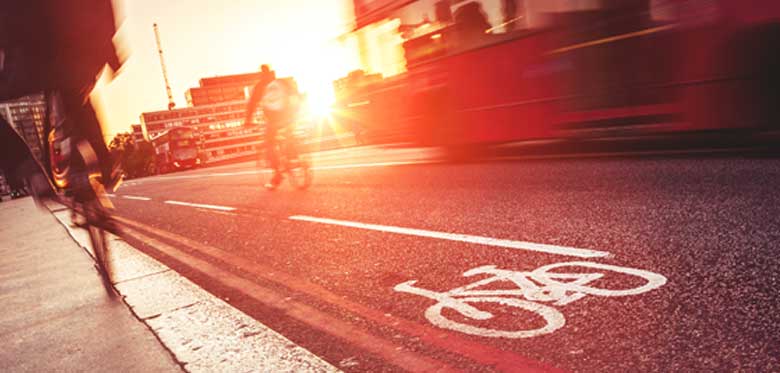On 29th January 2022, some major changes were introduced to the Highway Code. All road users should be familiar with the Highway Code, but it is worrying to hear that an AA survey found that only a third of motorists were aware of the recent update around the time that it came into force.
Who do the rules affect?
The updated Highway Code affects England, Scotland and Wales. Northern Ireland has its own version of the code. The new rules affect all road users including pedestrians, mobility-scooter users, cyclists, and motorcyclists, as well as all vehicle drivers and horse riders.
What has changed?
The updates are split into three main categories, being rules H1-H3. The emphasis is on protecting our most vulnerable road users. Unsurprisingly, pedestrians (children, older adults and disabled people in particular) are identified as ‘the most likely to be injured in the event of a collision’.
Rule H1 - A ‘hierarchy of road users’
A ‘hierarchy of road users’ has been introduced, which sets out who has the greatest responsibility on the road, dependent on the amount of danger they pose to other road users. For example, the drivers of large vehicles such as lorries and HGVs now have a higher responsibility compared to smaller vans or cars. Similarly, the driver of any motor vehicle now has a greater responsibility than pedestrians or cyclists. The full hierarchy is set out below (from lowest responsibility to greatest):
- Pedestrians
- Cyclists
- Horse riders
- Motorcyclists
- Cars/taxis
- Vans/minibuses
- Large passenger vehicles/heavy goods vehicles
Rule H2: Rule for drivers, motorcyclists, horse riders and cyclists
This rule has introduced a number of changes in relation to who has priority on the road and who should give right of way. Essentially, stronger priority is now given to pedestrians at a junction, whether they are crossing the road or waiting to cross. It is not only vehicle drivers who should give way to pedestrians but also horse riders and horse drawn vehicles. Priority should also be given to pedestrians and cyclists on a parallel crossing.
The rules also state that cyclists should give way to pedestrians on shared use cycle tracks. Only pedestrians may use the pavement. This includes people using wheelchairs and mobility scooters. Pedestrians may use any part of the road and use cycle tracks as well as the pavement, unless there are signs prohibiting pedestrians.
Rule H3: Rule for drivers and motorcyclists
This rule has introduced guidance requiring drivers to give priority to cyclists in certain situations, the key points being:
- You should not cut across cyclists going ahead when turning into or out of a junction or changing direction or lane, just as you would not turn across the path of another motor vehicle. This applies whether cyclists are using a cycle lane, a cycle track, or riding ahead on the road and you should give way to them.
- You should not turn at a junction if to do so would cause the cyclist going straight ahead to stop or swerve, just as you would do with a motor vehicle.
- You should stop and wait for a safe gap in the flow of cyclists, if necessary, whether the cyclists are navigating a junction, alongside stationary or slow-moving traffic, or travelling around a roundabout.
Is the Highway Code law?
Whether or not sections of the Highway Code are legal requirements depend on the wording. If the rule states that you ‘must/must not’ then this is a legal requirement, and if you fail to comply you are committing a criminal offence.
If the rule states that you ‘should/should not/do/do not’ then this is advisory wording. Even though this is not a legal requirement, it is highly recommended, and could still be used as evidence in court proceedings to establish liability following an incident.
These updated rules are a positive change for pedestrians and cyclists, who are at risk of the most serious injuries when on the roads. As specialists in road traffic accidents, we have acted for many cyclists and pedestrians who have been injured due to others failing to give way or to properly check their surroundings. The increased responsibility on vehicles and higher priority for those walking or cycling will hopefully lead to more care being taken at crossings and junctions and avoid unnecessary accidents.
Here at Stephensons we deal with all types of road traffic accident claims, and specialist in accidents involving vulnerable road users such as pedestrians, cyclists and motorcyclists. If you have been injured on the roads and it was not your fault, please don’t hesitate to call our friendly personal injury solicitors on 0161 696 6235 or complete our online enquiry form.




Comments